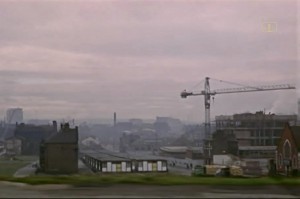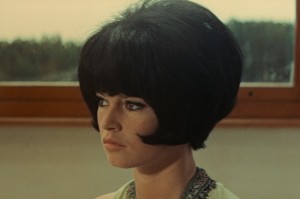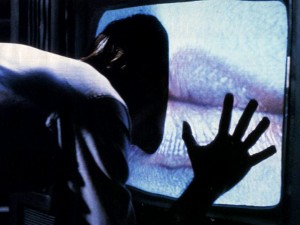Celebrating 90 years of the Vampire in film
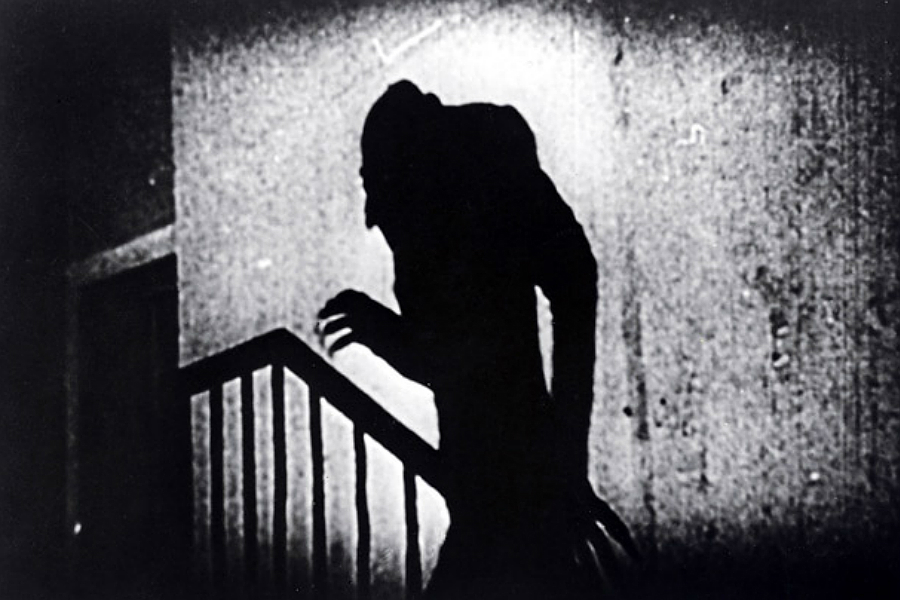
We humans seem increasingly incapable of kicking the vampire habit. Long may it continue…
Yeah we know Hallowe’en has come and gone, but seeing Nosferatu with a wonderful live score from Minima earlier this week at FACT served merely to whet our appetites. Of course, cultures across the world have been fascinated by (and fearful of) what we have come to call vampires since the dawn of time, and it’s a fascination that continues to persist.
In fact, with the likes of the tragically banal/astronomically popular Twilight franchise, Alan Ball’s Bayou-set True Blood, and, to a lesser extent, Kevin Williamson’s The Vampire Diaries, it seems our craving for the vampire remains in very rude health. After all, the combination of immortality, dark romantic eroticism and preternatural gifts is unusually potent. A killer one, you might say.
Hardly any wonder then that every generation since the V word gained popular use (in the early 18th Century, following an influx of Balkan superstition) has had a depiction to call its own. Bram Stoker is quite rightly credited for getting the ball rolling with his 1897 novel, Dracula, which of course followed in the wake of the penny dreadfulls of the Victorian era.
The first time the world saw a ‘Vampyre’ on screen, however, was FW Murnau’s Count Orlok in 1922’s Nosferatu. While the narrative is certainly lifted from Stoker’s Dracula, the Count is hardly the charismatic and sophisticated host audiences now expect. Instead, director Murnau and his team went for all out horror in the appearance of Orlok, culminating in the iconic silhouette of the Count, stalking his victims through their living nightmares.
It’s an enduring image which would be utilised with lashings of pathos and gallows humour nearly 80 years later – but we’ll get to that shortly. 1931’s Dracula saw Bela Lugosi in the title role, dressed in a dinner suit and sporting fetching slicked back hair. This particular Count was a different proposition altogether and established for the foreseeable future – augmented by Hammer’s 1958 incarnation, starring Christopher Lee in the Horror of Dracula – our expectations of what the man himself should look like.
We say ‘man’ himself, but jumping to the 80s, our next film features a female vampire. It’s also first on our list to play around with the myth and deviate from Stoker’s template much more than any before. Starring Catherine Deneuve in the lead, The Hunger (dir. Tony Scott) plays fast and loose with the ‘rules’ of vampirism as we understood them at that time.
Deneuve’s ancient immortal can ‘make’ vampires, but despite suggestions to the contrary (and without wanting to give too much away), her companions’ – one of whom is David Bowie – expectations of everlasting life aren’t quite matched by the reality. Something of a curio, and bearing little resemblance to the rest of Tony Scott’s work, The Hunger is nevertheless worth checking out.
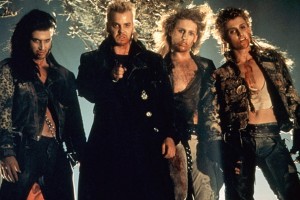
Later that decade came the altogether more playful The Lost Boys. Featuring erstwhile Brat Packer Kiefer Sutherland and the two Coreys (Haim and Feldman), The Lost Boys casts vampires as much more sociable creatures. As opposed to the usual castle-on-the-hill-dwelling-loner, director Joel Schumacher’s undead are something more akin to a coven, hunting in packs in the run-down beach town Haim and his Mom have the misfortune of moving to.
Despite this tweaking of vampire lore, it still has much in common with its forebears, right down to the idea that one must invite a vampire in lest they go up in a puff of smoke on crossing the threshold. Or worse. At its heart, The Lost Boys is a teenager’s movie, albeit a very entertaining one. Think The Goonies for prospective Goths. FYI completists, there are two sequels to The Lost Boys, each starring Feldman.
The 90s brought with it a trio of markedly different vampire films. In 1992, Francis Ford Coppola made a patchy stab at recreating Bram Stoker’s classic tale for a modern audience. Remembered a little unkindly (largely perhaps for Keanu Reeves’s profoundly wooden turn as Harker), Gary Oldman was perfectly cast as the count. We also got more in the way of Vlad Dracul’s back story.
A year later, Mexican director Guillermo del Toro came to western cinema’s attention. Cronos, largely satisfyingly, tinkered with the ideas pertaining to a vampire’s source of eternal life. There was also much less in the way of the eroticism, which often takes centre-stage in the genre. The love on show here is the purest kind, between a grandfather and grandson. An example of what can be achieved away from the expectations of Hollywood; if you haven’t seen Cronos but are a fan of del Toro’s, seek this out.
Next up (in 1994), and much more in keeping with what an audience expects by way of sex and bloody violence from its vampire films, was Interview with The Vampire. Adapted from Anne Rice’s novel of the same name (from the Vampire Chronicles series), on release, Interview was something of a cause celebre, with much attention focused on the perceived homo-erotic relationship between lead vampires Lestat (Tom Cruise) and Louis (Brad Pitt).
Whether you take this from the film is up to you (certainly, Rice’s book hardly shies away from suggestions). Either way, it is one of the most successful ‘straight’ implementations of the vampire myth committed to film. Cruise (who Rice initially feared was all wrong for the role) is superb as the devious but magnetic Lestat (Pitt as Louis, somewhat less so), and a young Kirsten Dunst earns her acting chops wonderfully as the trapped in time pre-pubescent Claudia. There is also a winning turn from Antonio Banderas with what is little more than a cameo as the vampire Armand. Stirring stuff.
With 2000′s Shadow of The Vampire, things came full circle. We see a vampire pretending to be a human pretending to be a vampire (“How avant-garde”, Interview’s Claudia would say) for the purposes of shooting Nosferatu. It proposes that the film’s lead Max Schreck was a real vampire, and that he struck a deal with director Murnau to appear in the movie in return for being allowed to feast on cast and crew. Starring Willem Defoe as Schreck and John Malkovich as Murnau, Shadow of the Vampire is about as deliciously pleasurable as pastiche gets.
Last (but very definitely not least) of our list is 2008’s Let the Right One In (remade by Hammer in 2010 as Let Me In). It sees Eli’s child vampire – reliant on a middle aged companion collecting blood for her – striking up a platonic relationship with (the bullied) kid from a broken home, Oskar. It’s a superb film in its own right, eschewing traditional vampire movie themes. Instead it explores problems encountered by children the world over; vampire movie as kitchen sink drama. The film also poses the question: what keeps a middle-aged man killing for this little girl vampire?
As genres go, perhaps this one more than most has the propensity and capacity for ‘preferred readings’ running through its engorged veins. These sub-texts change depending on the era of the film and therefore the moral panics prevalent at the time. So with Nosferatu there are barely camouflaged allusions to the imagined scourge of the Jews in Count Orlok’s hoarding of money and property – he may as well have been called Count Shylock. It’s an ugly accusation, but one that’s hard to ignore.
Later, in the 80s, the vampire’s cravings became synonymous with addiction and drug abuse. In the same decade, society’s concerns around AIDS were explored. And with Let The Right One In, we see a story very tentatively taking issue with paedophilia, a subject at the very top of the current folk devils and moral panics list. Whether the audience chooses these readings is a different matter all together. Read what you like into each of the films discussed here, above all, they are there to be enjoyed.



